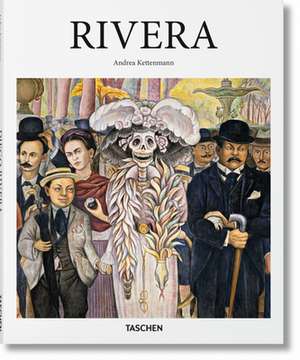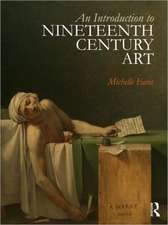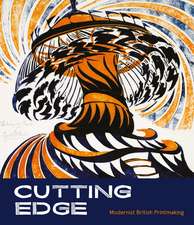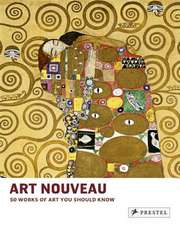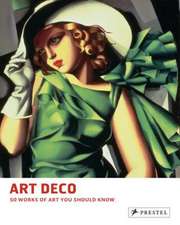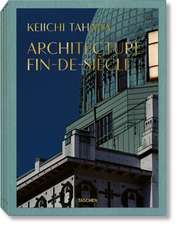Rivera: Basic Art
Autor Andrea Kettenmannen Limba Engleză Hardback – 24 iul 2015
Din seria Basic Art
-
 Preț: 98.70 lei
Preț: 98.70 lei -
 Preț: 98.78 lei
Preț: 98.78 lei -
 Preț: 97.74 lei
Preț: 97.74 lei -
 Preț: 98.01 lei
Preț: 98.01 lei -
 Preț: 98.47 lei
Preț: 98.47 lei -
 Preț: 98.01 lei
Preț: 98.01 lei -
 Preț: 119.60 lei
Preț: 119.60 lei -
 Preț: 98.51 lei
Preț: 98.51 lei -
 Preț: 98.78 lei
Preț: 98.78 lei -
 Preț: 98.37 lei
Preț: 98.37 lei -
 Preț: 120.66 lei
Preț: 120.66 lei -
 Preț: 98.16 lei
Preț: 98.16 lei -
 Preț: 98.01 lei
Preț: 98.01 lei -
 Preț: 98.66 lei
Preț: 98.66 lei -
 Preț: 98.51 lei
Preț: 98.51 lei -
 Preț: 98.01 lei
Preț: 98.01 lei -
 Preț: 119.60 lei
Preț: 119.60 lei -
 Preț: 119.60 lei
Preț: 119.60 lei -
 Preț: 97.74 lei
Preț: 97.74 lei -
 Preț: 98.78 lei
Preț: 98.78 lei -
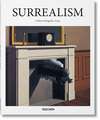 Preț: 98.51 lei
Preț: 98.51 lei -
 Preț: 98.51 lei
Preț: 98.51 lei -
 Preț: 98.78 lei
Preț: 98.78 lei -
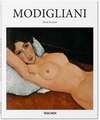 Preț: 98.78 lei
Preț: 98.78 lei -
 Preț: 123.74 lei
Preț: 123.74 lei -
 Preț: 98.78 lei
Preț: 98.78 lei -
 Preț: 98.51 lei
Preț: 98.51 lei -
 Preț: 98.01 lei
Preț: 98.01 lei -
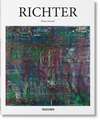 Preț: 98.01 lei
Preț: 98.01 lei -
 Preț: 97.74 lei
Preț: 97.74 lei -
 Preț: 82.61 lei
Preț: 82.61 lei -
 Preț: 98.67 lei
Preț: 98.67 lei -
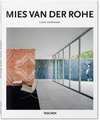 Preț: 98.67 lei
Preț: 98.67 lei -
 Preț: 97.74 lei
Preț: 97.74 lei -
 Preț: 98.57 lei
Preț: 98.57 lei -
 Preț: 98.57 lei
Preț: 98.57 lei -
 Preț: 98.51 lei
Preț: 98.51 lei -
 Preț: 98.01 lei
Preț: 98.01 lei -
 Preț: 122.68 lei
Preț: 122.68 lei -
 Preț: 98.01 lei
Preț: 98.01 lei -
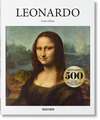 Preț: 97.94 lei
Preț: 97.94 lei -
 Preț: 98.51 lei
Preț: 98.51 lei -
 Preț: 97.74 lei
Preț: 97.74 lei -
 Preț: 99.04 lei
Preț: 99.04 lei -
 Preț: 82.89 lei
Preț: 82.89 lei -
 Preț: 122.68 lei
Preț: 122.68 lei - 33%
 Preț: 66.18 lei
Preț: 66.18 lei -
 Preț: 98.51 lei
Preț: 98.51 lei -
 Preț: 98.26 lei
Preț: 98.26 lei
Preț: 98.01 lei
Nou
18.75€ • 20.05$ • 15.64£
Carte disponibilă
Livrare economică 28 martie-11 aprilie
Livrare express 13-19 martie pentru 33.33 lei
Specificații
ISBN-10: 3836504138
Pagini: 96
Dimensiuni: 216 x 262 x 13 mm
Greutate: 0.57 kg
Editura: Taschen Books
Seria Basic Art
Notă biografică
Andrea Kettenmann, 1959 geboren, studierte Kunstgeschichte in Gießen, Göttingen und Heidelberg und arbeitete anschließend am Kunstgeschichtlichen Seminar der Universität Hamburg. 1986 ging sie als Stipendiatin nach Mexiko, wo sie auch heute noch lebt und als freiberufliche Kunsthistorikern tätig ist. Sie hat an zahlreichen Ausstellungen und Katalogen mitgearbeitet.
Descriere
Rebel with a cause. A revolutionary spirit in modern art.
Diego Rivera (1886 1957) is a loud presence on the art historical stage. With devout political principles and a turbulent romantic history, he was at once husband and paladin of Frida Kahlo, advocate and adversary of Stalin s Soviet Union, and liberator and traitor of Leon Trotsky.
Vibrant, graphic, and often monumental, Rivera s paintings carry the same live political and passionate charge as his personal biography. Fusing European influences such as Cubism with a socialist ideology and an exaltation of Mexico s indigenous and popular heritage, he created a new iconography for art history and for his country. He became one of the most important figures in the Mexican mural movement and won international acclaim for his public wall paintings, in which he presented a utopian yet accessible vision of a post-revolutionary Mexico. In 1931, Rivera was the subject of MoMA s second ever monographic exhibition.
This book explores the unique blend of influence and ideology which secure Rivera s place as both a unique and a universal painter, bound to the particular turbulent experience of early 20th century Mexico, and yet preoccupied with subjects such as revolution and class inequity which continue to speak to us today.
